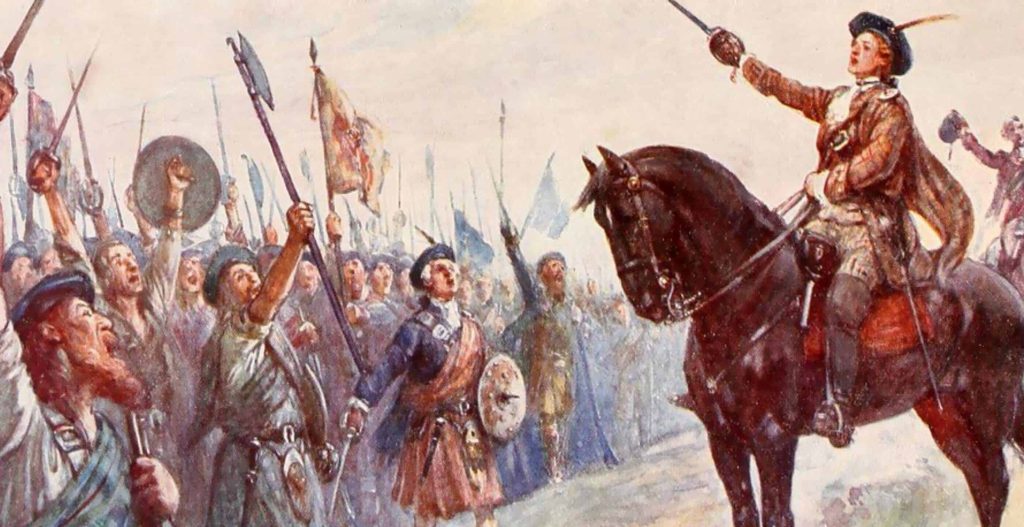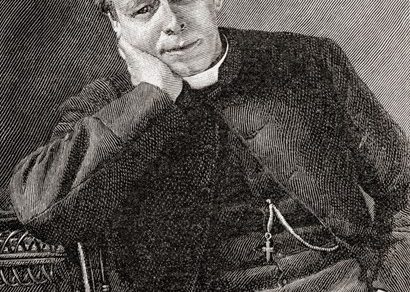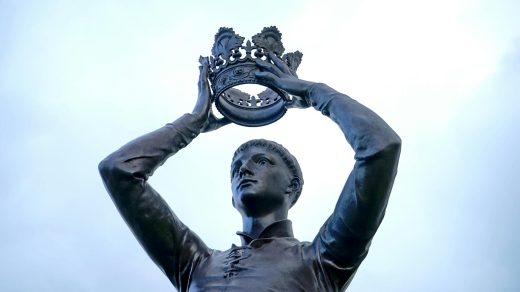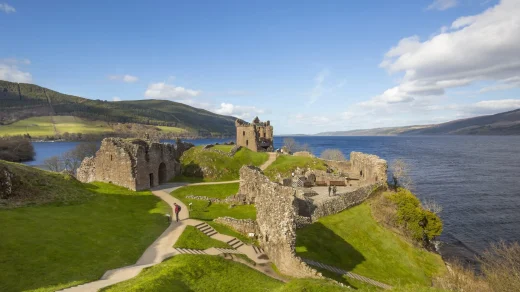Hey folks, Welcome to another Battle in Scotland, we had a lot lol, enjoy.
The battle of Solway Moss (1542)
Following the death of James IV at the Battle of Flodden (1513), Scotland had been under the control of a Regency government. Initially headed by the dowager Queen Margaret, sister to Henry VIII of England, she was displaced by a pro-French faction and was replaced by John Stewart, Duke of Albany. Power ebbed and flowed between Margaret’s supporters and those of Stewart whilst the English also intervened by invading and sacking the borders in 1523. Eventually the Albany Regency fell and James V became a substantive ruler in his own right.
With Scotland now ruled by the young James V under the influence of his English mother, hopes for improved Anglo-Scottish relations were high. However, in 1534 Henry VIII broke the link between Rome and the English church appointing himself as its Supreme Head. Suppression of the Abbeys and plundering of the wealth of the church followed. Such action was strongly opposed by James V who was heavily influenced by the staunchly Catholic and pro-French magnate Cardinal David Beaton. With Scotland resisting the English move towards religious reform, tensions between the two nations increased significantly. The death of Queen Margaret in 1541 removed the final impediment to war.

Henry VIII demanded that James meet him in York to discuss a religious settlement between the two nations but the Scottish King failed to attend. An English army then raided the Scottish borders under the Command of Robert Bowes. At the Battle of Haddon Rig, fought near Kelso on 24 August 1542, the English were soundly defeated by a Scottish army under George Gordon, Earl of Huntly. A further English raid in October 1542 – under Thomas Howard, Duke of Norfolk – saw Kelso and Roxburgh burnt. Keen to retaliate, James V mustered his forces for a strike into England.
Prelude
James V had planned to lead the expedition himself but fell ill and advanced no further than Lochmaben Castle. Command of the Scottish army then devolved to Lord Robert Maxwell, a senior magnate who had served in the Regency Government and who had actually raised the bulk of the troops for the campaign. However, despite Maxwell’s previous service to the Crown, the King did not trust him. James secretly instructed his favourite, Lord Oliver Sinclair, to take command as soon as the army crossed the border. Completely unaware of this decision, Maxwell ordered the army to break camp on the morning of the 24 November 1542, crossed the River Esk at Langholm, entered the Debatable Lands and headed south towards Carlisle.
Numbers
The English had expected the invasion in the east and had deployed the bulk of their available forces at Berwick. By contrast there were only limited forces in the west especially as the post of Warden of the West March was vacant following the death of Henry Clifford, Earl of Cumberland earlier that year. The defence of the area fell to his deputy, Sir Thomas Wharton, who was located in Carlisle Castle – a formidable border fortress that would have provided a safe haven against any attack. The King’s Council acknowledged his plight and on 21 August issued orders that he should simply harass the Scots and attack their supply lines. Wharton however was an experienced commander and not one to cower behind the strong walls of Carlisle. He was also confident in the abilities of his small cavalry force, armed mainly with lances, which was ideal for hit-and-run tactics against a larger army.
The Scots, still under Lord Maxwell at this time, significantly outnumbered the English; by the most conservative assessment they had a 5 to 1 advantage.
The battle
Despite only having a small force, as soon as the Scottish army advanced into the Debatable Lands, Wharton moved against them. He deployed his infantry on Hopesike Hill straddling the road south and thus blocking the way to Carlisle. Relative to the flat lands of the surrounding area, the slight rise of Hopesike Hill was a good position especially as it was strengthened by the Hall Burn which was directly in front of his troops. With the infantry deployed he sent Sir William Musgrave, with 500 mounted lancers, to harry the Scottish forces. Maxwell deployed his forces in three main battles and advanced towards the English.
Change of command
As the Scottish army deployed for battle, Sinclair informed Maxwell that he was taking command of the army on the orders of King James V. The announcement led to chaos across the Scottish ranks as some troops remained loyal to Maxwell whilst others supported Sinclair. Command and control in the Scottish army broke down at the same moment that Musgrave started repeated hit-and-run tactics with his mounted lancers.
Failure of leadership
Although Musgrave’s attacks did not inflict many casualties amongst the Scottish ranks, the repeated assaults disordered the left flank and caused them to slew towards the centre. With the army’s leaders embroiled in the power struggle between Maxwell and Sinclair, no instructions were issued to steady the line or to reconfigure against the threat. Instead, Musgrave’s repeated charges meant the entire Scottish force shifted pushing those on the far right of the line into a bog defusing their advance and causing significant disorder.
English infantry advance
From his viewpoint on Hopesike Hill, Wharton could see the chaos unfolding in the Scottish camp. Hoping to capitalize on the situation, he advanced his infantry to Arthuret Howe, another small hillock overlooking the road. The forward movement of the English forces was interpreted by the Scots as an English Vanguard advancing as a precursor to a larger army. Had the Scottish leadership been united it is probable they could have rallied their troops. However leaderless and confused, cohesion of the Scottish forces started to break as many dropped their weapons and fled back towards the River Esk.
Scottish reserve.
Morale amongst the remaining Scots quickly collapsed and soon their entire army was retreating in a general rout with their artillery and baggage abandoned. They fled back north towards the fording point over the River Esk (in vicinity of modern day Longtown) pursued by Musgrave’s lancers. Scottish casualties during the battle had been minimal, perhaps as few as twenty, but as the retreating troops attempted to cross the river hundreds drowned. A further 1,200 were captured including Maxwell and Sinclair. English losses were quoted by Wharton as being just seven men; it was unlikely to have been significantly more given the English infantry were never engaged.
Aftermath
James V, still ill with fever, withdrew to Falkland Palace where the humiliated King lamented the capture of Lord Sinclair. On the 14 December 1542, three weeks after the battle, James succumbed to his fever leaving an infant daughter – Mary, Queen of Scots – as his heir. Allegedly he felt his dynasty was on the cusp of ending – for he commented that the House of Stewart (Stuart) “came with a lass and will go with a lass”. Whilst his dynasty would actually endure until 1714, when Queen Anne died, in the immediate term it meant the nearest surviving male successor to the Scottish throne was Henry VIII of England. This was not lost on the English and the War of the Rough Wooing followed.
Courtesy of https://battlefieldsofbritain.co.uk/



